Que vous soyez un...
Tin box printing ink classification
Tin box printing ink is divided into: varnish, matte oil, gold oil, transparent oil, crack oil, pearl oil, explosive oil, partial glossy matte oil, overall glossy matte oil, etc., of which the most common is glossy oil. Each oil has its own different functions and effects. Taking the most commonly used varnish as an example, after the tin box is printed with varnish, its appearance and brightness will be significantly improved, which will increase the aesthetic effect. More smooth and delicate.
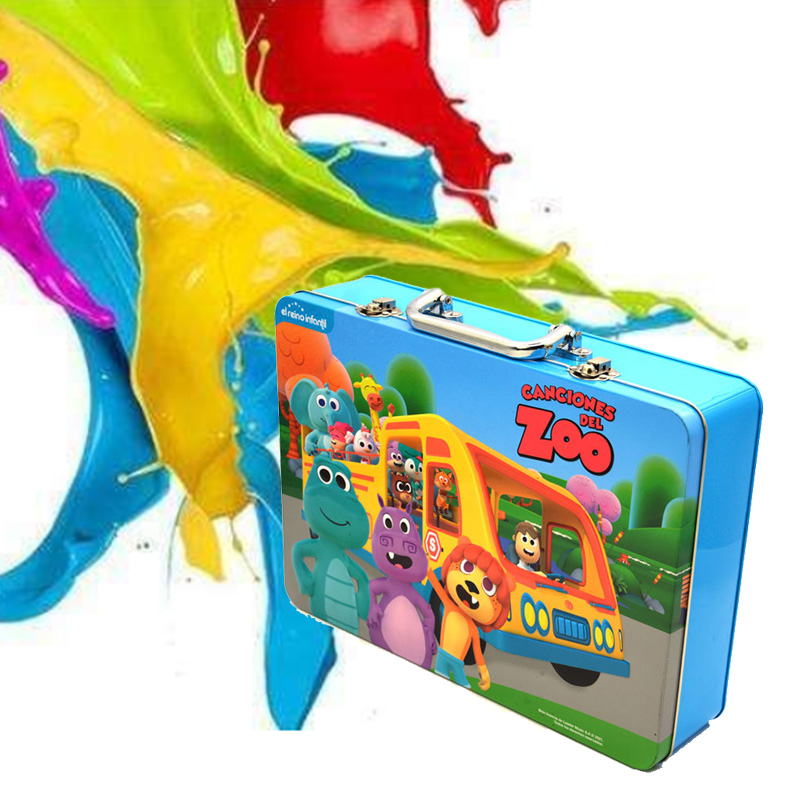
Classification by tin box printing process
1) Lithographic printing ink: Lithographic printing ink (referred to as lithographic ink) is a kind of viscous ink with a certain viscosity, most of which are drying inks of oxidized conjunctiva, which must have good water resistance. It can be divided into single Sheet ink and web ink, the former are mostly fast-drying oxidized conjunctival inks, and the latter are mainly osmotic drying.
2), letterpress printing ink (referred to as letterpress ink): is a kind of viscous ink, its viscosity varies widely, and is related to the printing speed of the printing machine. Its drying methods include penetration drying, oxidation conjunctival drying, volatilization drying Several methods, or a combination of several drying methods. Letterpress printing inks include rotary printing inks, thermosetting inks, news inks, etc.
3) Flexographic printing ink: It is a very thin ink. From a rheological point of view, it is an ink that is closest to Newtonian fluid. The drying of the ink is mainly accomplished by solvent volatilization, and drying on paper Part of it is due to the penetration of ink into paper. The ink can be divided into three types: alcohol type, mixed type and water type.
4), gravure printing ink (referred to as gravure ink): can be divided into two categories, one is gravure ink, and the other is engraving gravure ink. The former is a very dilute fluid with very low viscosity, completely dependent on solvent It is a kind of volatile drying ink, which can be printed on non-absorbent substrates; the latter has a higher viscosity, a larger yield value, and is not greasy, and basically depends on oxidation conjunctiva drying.
5) Stencil printing ink: requires good fluidity, low viscosity, low viscosity, fast passing through the mesh, rapid penetration and drying after transfer to the surface of the absorbent substrate, and good adhesion on the surface of the non-absorbent substrate. Focus on. The drying methods are as follows: volatilization drying type, oxidative polymerization type, penetration drying type, two-component reaction type, ultraviolet drying type, etc.
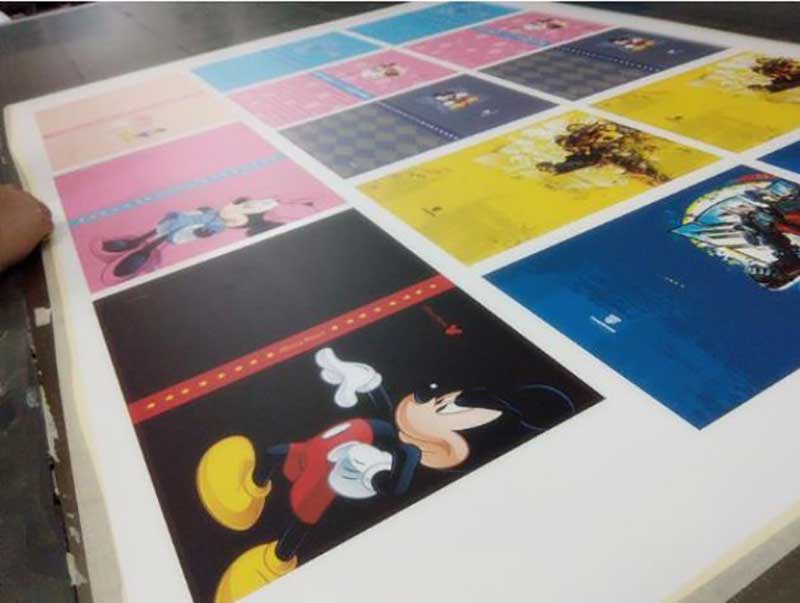
The requirements of different printing materials for ink
1) Newsprint: The letterpress ink used for newsprint printing is a very thin, low viscosity and good fluidity ink. Its fluidity depends on the speed of the printing press. Its drying is completely absorption and penetration drying. Today, news printing It has been replaced by letterpress printing for web offset printing, flexographic printing is also used in news printing, and water-based inks have been widely used in flexographic printing.
2) Coated paper and surface-treated paper: For letterpress and sheetfed offset printing, the thickness of the ink printed on the coated paper should be thicker than that of the uncoated paper, the viscosity of the ink should be larger, and the final drying of the ink should be It is mainly realized by the oxidation conjunctiva; when the rotary machine prints on the coated paper, it is required to use the fast-drying ink, and the drying ink of the oxidation conjunctiva is gradually replaced by the thermosetting ink.
3) Non-coated paper: The quality of non-coated paper is different, and the ink used must also meet the requirements of various papers. Usually, viscous ink is used for printing, but it is thinner than the ink used for coated paper. The drying method is achieved by osmotic absorption and oxidation of the conjunctiva.
4) Cardboard: Cardboard is usually used to make cartons, cartons, printed matter packaging, hardcover book covers, etc. In printing, the ink requires good fluidity, low viscosity, and can withstand mechanical forces such as collision and ink during handling. The function of printing on cardboard can be used in all printing methods: letterpress or offset printing with oxidation conjunctival drying, gravure or flexographic printing with penetration and volatilization drying.
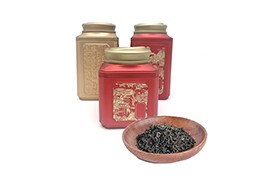


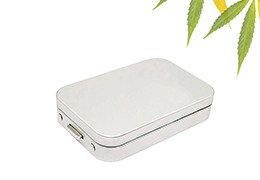
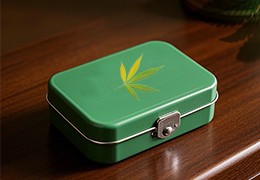
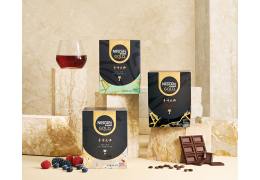
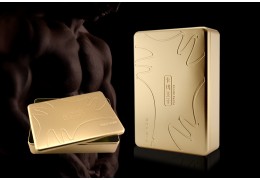

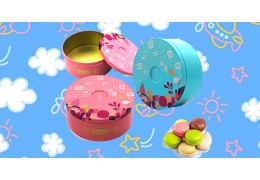
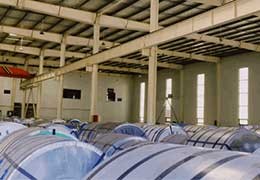



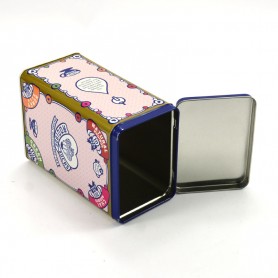
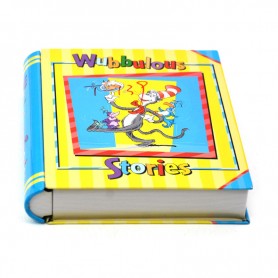
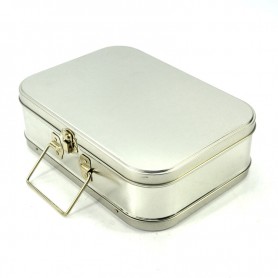
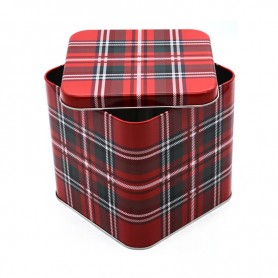

Derniers commentaires